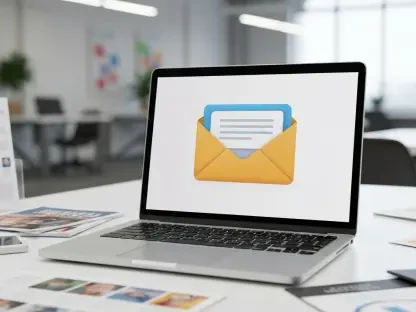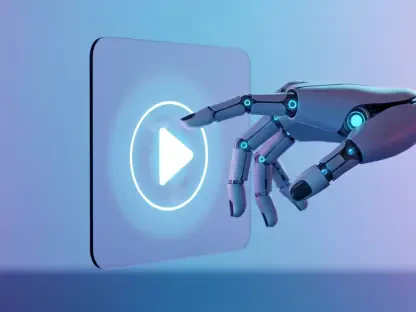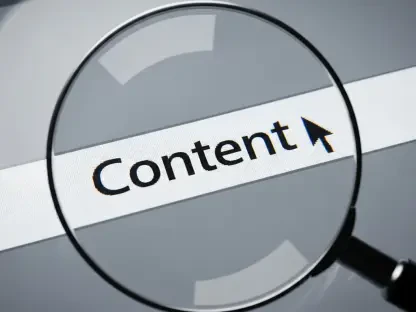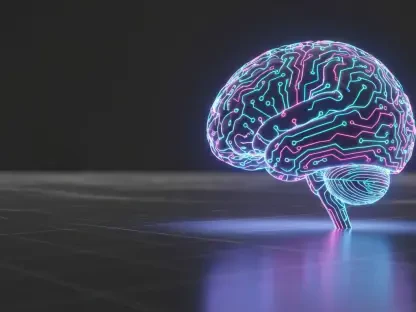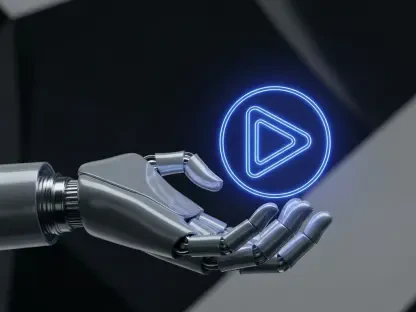In today’s fast-paced world of AI-driven content creation, ZeroGPT has emerged as a significant tool, merging the realms of advanced paraphrasing with AI detection capabilities. Anastasia Braitsik, an expert in SEO, content marketing, and data analytics, offers insights into how this tool is addressing the challenges posed by AI-generated content and maintaining authenticity and integrity in digital communication.
Can you explain the primary purpose of ZeroGPT’s Paraphraser and how it assists different types of users?
The main goal of ZeroGPT’s Paraphraser is to help users produce unique content while still preserving the original message. It’s a versatile tool used by a variety of people—students can rely on it to ensure academic integrity, professionals use it to enhance the uniqueness of their work, and marketers find it beneficial for generating engaging content. It essentially allows everyone to navigate the complexities of AI-generated material with ease.
What motivated the development of ZeroGPT’s Paraphraser in the context of today’s AI-driven content landscape?
The paraphraser was developed in response to the increasingly blurred lines between content created by humans and machines. As AI tools become more adept at producing text, there arises a critical need for originality and a restorative balance towards human-generated content. ZeroGPT was driven to bridge this gap, providing a tool that helps in maintaining content authenticity.
How does ZeroGPT’s Paraphraser maintain originality and meaning when rephrasing text?
ZeroGPT’s Paraphraser uses contextual rewriting to retain meaning. Instead of just swapping synonyms, it analyzes the grammar structure and semantic nuances, which ensures that the rewritten content flows naturally and maintains its original intent. This approach makes the content feel human-generated, which is essential in both academic and professional settings.
What challenges are educators facing with AI-generated content, and how does ZeroGPT address these issues?
Educators struggle with distinguishing between student-generated work and material produced by AI because traditional plagiarism checkers aren’t equipped to identify AI content. ZeroGPT confronts this challenge by detecting AI-generated text patterns, helping educators ensure fair assessments of student work without compromising academic standards.
In what ways does the ZeroGPT Paraphraser help prevent unintentional plagiarism?
By reconstructing sentences with attention to form and meaning, the Paraphraser significantly reduces the risk of plagiarism. This capability is crucial in educational settings where upholding originality is imperative and in professional contexts where content duplication can tarnish a brand’s reputation or affect search engine performance.
Could you describe the specific features of ZeroGPT that make it user-friendly, especially for those unfamiliar with AI tools?
ZeroGPT is designed with a straightforward, intuitive interface, which eliminates any steep learning curve. Users simply paste their text and instantly receive a revised version. Its clear, focused process allows anyone, regardless of their familiarity with technology, to engage with the tool effectively and efficiently.
How does ZeroGPT cater to a global audience with its multilingual support?
The tool supports various languages beyond English, such as Spanish and French, retaining contextual accuracy and fluency across different languages. This capability makes it an invaluable resource for international students, global content creators, and businesses aiming to maintain consistency across diverse linguistic markets.
What are the advantages of the real-time feedback feature in ZeroGPT, and who benefits most from it?
Real-time feedback allows users to receive immediate results, enabling quick content adjustments and alternative drafts. This is especially beneficial for content creators working under tight deadlines or professionals who need to deliver projects promptly. The immediacy of this feature also aids in selecting the best tone or structure for different audiences.
Can you outline both the pros and cons of using ZeroGPT’s free version of the Paraphraser?
One significant advantage is accessibility; the free version offers essential features without cost, catering to a broad user base. However, it restricts sessions to 300 words at a time, which could be limiting for creating extensive documents. Users needing unlimited access might find advanced features lacking in customization compared to other platforms.
How does ZeroGPT’s integration of AI detection with paraphrasing set it apart from other similar tools on the market?
Its dual capability of paraphrasing and AI detection differentiates it from competitors. This integration offers users a more comprehensive approach by enabling them not just to generate original content but also to verify its originality, all within one platform, thereby streamlining their workflow and enhancing efficiency.
How reliable is ZeroGPT in detecting AI-generated content, and what technology does it use?
ZeroGPT boasts an accuracy rate of over 98%, achieved through extensive training with diverse datasets. It employs DeepAnalyse™ technology, which assesses patterns and contextual flow in text, making it a reliable tool for those needing to verify content for essays, articles, and business documents.
Does ZeroGPT maintain user privacy, and how does it ensure that analyzed texts remain confidential?
User privacy is paramount for ZeroGPT; it doesn’t store or share any analyzed texts. All processes occur in real-time, and the input data is instantly deleted, aligning with best data privacy practices. This design is especially comforting for those working with sensitive documents.
What options are available for developers interested in integrating ZeroGPT’s features into their platforms, and what are the benefits?
Developers have access to ZeroGPT’s API, which allows the integration of AI detection and paraphrasing into their systems. This feature supports seamless embedding into learning platforms or content tools, offering automation benefits and enhanced usability for publishers and organizations.
How do you see the role of ZeroGPT’s Paraphraser evolving as AI continues to shape content creation?
As AI continues to influence content creation, ZeroGPT will likely evolve to provide more sophisticated rephrasing capabilities and enhanced detection accuracy. Its role might expand into facilitating more personalized and adaptive tools, focusing on user-specific needs while continuously maintaining the essence of human-generated content.
For potential users concerned with content integrity, what makes ZeroGPT a trustworthy tool to consider?
ZeroGPT stands out due to its dual focus on creating unique content and verifying originality simultaneously. Coupled with a user-friendly design, multilingual support, and strict privacy protocols, it offers a comprehensive and secure approach, establishing trust for users concerned about maintaining the integrity of their work.


